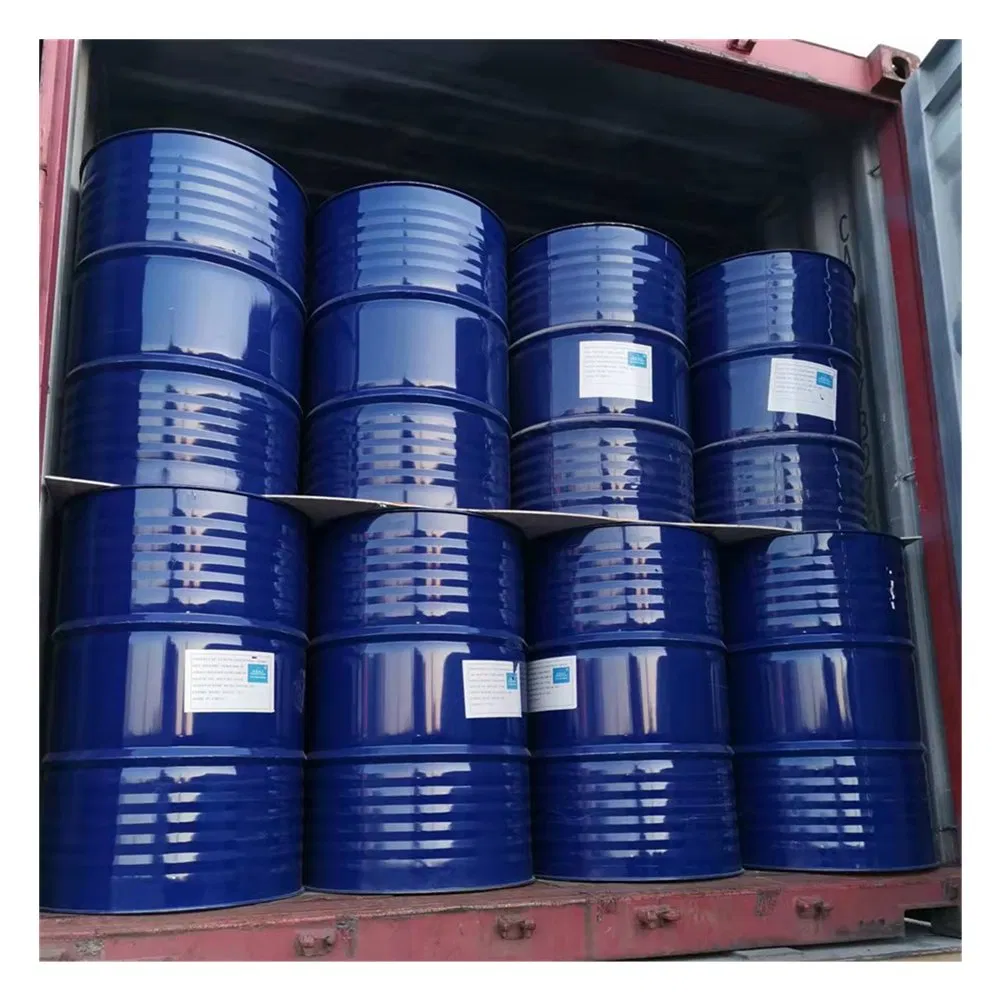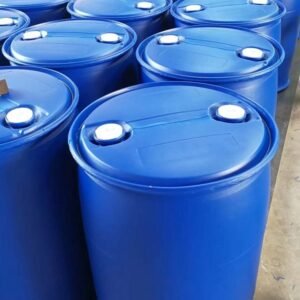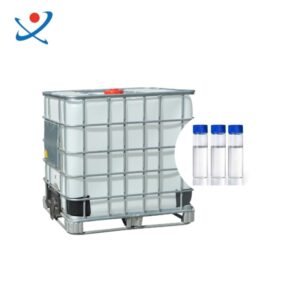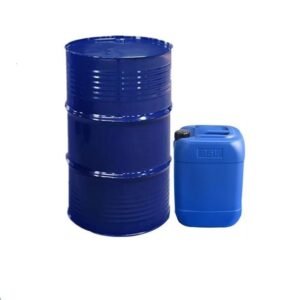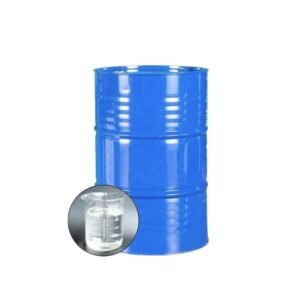1-Butanol, also known as butan-1-ol or n-butanol, is a primary alcohol with the chemical formula C4H10O and a CAS number of71-36-3. It is characterized by its linear structure and is commonly referred to as butyl alcohol.Properties and Characteristics
Physical Appearance:1-Butanol is a colorless, flammable liquid with a sweet to rancid odor, detectable at a threshold of about0.8 ppm (2.5 mg/m³).
Molecular Weight: The molecular weight of1-butanol is approximately74.12 g/mol.
Solubility: It is very soluble in acetone and has a solubility in water of about73 g/L at25 °C.
Boiling and Melting Points: The boiling point of1-butanol is around117.25 °C, and its melting point is approximately -89.53 °C.
Production and Uses
1-Butanol is primarily produced through the hydroformylation of propylene, a process that converts propylene into butyraldehyde, which is then hydrogenated to yield butanol. This method has been the dominant production technique since the1950s.
The largest application of1-butanol is as an industrial intermediate, particularly in the manufacture of butyl acetate, which is used as a solvent and flavoring agent. Additionally, it is utilized in various consumer products, including food flavorings, cosmetics, and pharmaceuticals.
Safety and Handling
1-Butanol is classified as a flammable liquid and vapor, and it is harmful if inhaled or ingested. Proper safety measures should be taken when handling this chemical to avoid exposure and potential hazards.
In summary,1-butanol is a versatile chemical with significant industrial applications, characterized by its physical properties and production methods.
1-Butanol CAS 71-36-3
CAS Number :71-36-3
Other Name:
n-Butanol;
n-Butyl alcohol
MF :C4H10O


